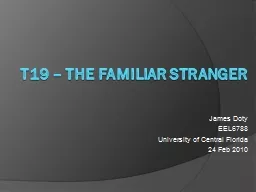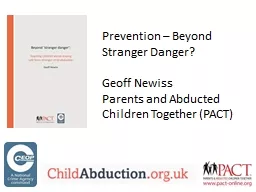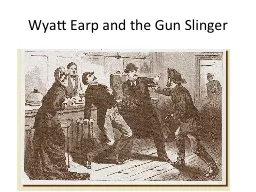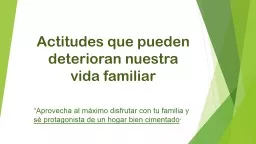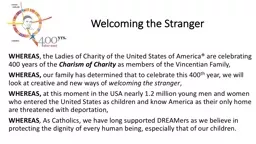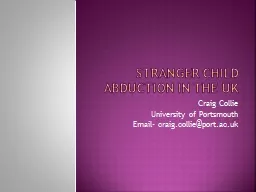PPT-T19 – The Familiar Stranger
Author : calandra-battersby | Published Date : 2016-04-12
James Doty EEL6788 University of Central Florida 24 Feb 2010 Introduction Do you see the same people day after day but you never say hello Have you ever concocted
Presentation Embed Code
Download Presentation
Download Presentation The PPT/PDF document "T19 – The Familiar Stranger" is the property of its rightful owner. Permission is granted to download and print the materials on this website for personal, non-commercial use only, and to display it on your personal computer provided you do not modify the materials and that you retain all copyright notices contained in the materials. By downloading content from our website, you accept the terms of this agreement.
T19 – The Familiar Stranger: Transcript
Download Rules Of Document
"T19 – The Familiar Stranger"The content belongs to its owner. You may download and print it for personal use, without modification, and keep all copyright notices. By downloading, you agree to these terms.
Related Documents

